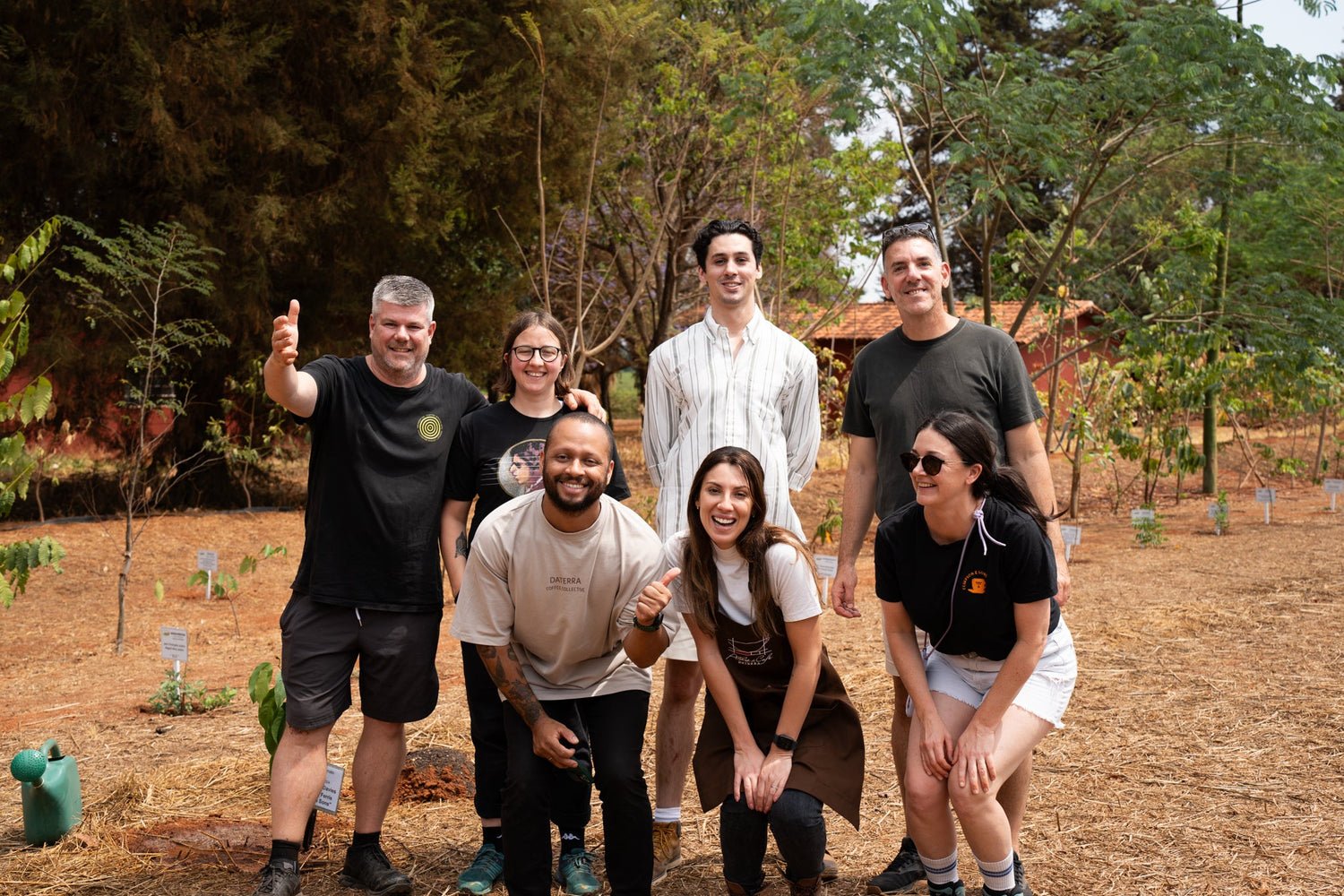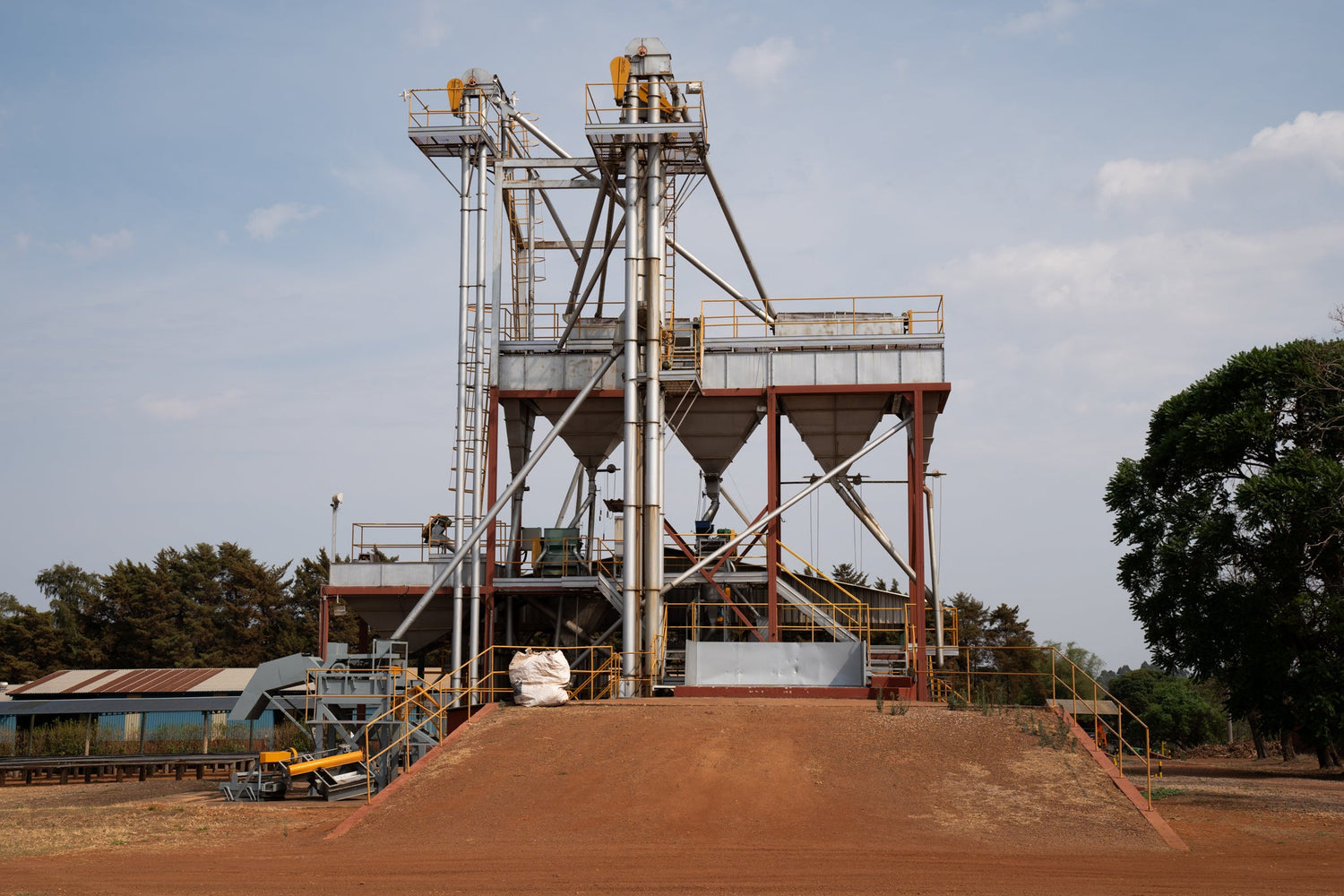Imagine your first school field trip or one of the first historical places you’ve been as a child. If you are English, depending on the region, Stonehenge or the British Museum are places you may have been, if you are Scottish the Edinburgh castle or the Arbroath Abbey are places that represent well the history of the Scots and are often visited to learn about cultural heritage.
Hi, my name is Ricky, one of the newest members of the Climpson’s family. For three months now I’ve been working at the Climpson & Sons coffee shop located at the vibrant Broadway Market.
I was born in São Paulo, Brazil, where I lived until I was 17 years old. My Dad’s family have been living in São Paulo for more than 500 years when São Paulo was known by the name of Captaincy of São Vicente. I’m originally a Paulista (born and bred in São Paulo), and I want to share with you a little about my life, passions that made me interested in coffee and some historical things I learned in my first school field trip.

Coffee’s importance can go unnoticed in the hectic lives of Paulistas. Even though most of us learned a great deal about it in history class, it was only when I took interest in my family history (genealogy) a couple of years ago, and now working at Climpson & Sons, that I am again noticing its global impact and importance.
Coffee was introduced in Brazil in 1727, gaining momentum in 1822 after independence from the Portuguese (1). By 1852 Brazil was the largest producer of coffee in the world and the success of São Paulo’s lavouras (plantations or tillage) boosted the state’s importance. São Paulo state quickly became one of the major producers of coffee in the country and one of the richest.
The most legit place a history teacher in São Paulo can take its students to, on a school field trip, is a lavoura de café or Cafezal (Coffee Farm). Why? Because students will not only have the chance to learn how coffee (the bean that made São Paulo rich) is produced, but they will also learn about slavery, immigration, politics, historical architecture, independence, transport, and agriculture.
When I was about 15 years old, I found an old genealogy book at home that belonged to my grandmother. This book was about the story of my great grandfather’s family. After reading the book I fell in love with everything related to genealogy, and I was amazed to learn the importance of coffee to my ancestors, which lives revolved around it.
My great grandfather Jose Aranha do Amaral, his father Pedro Aranha do Amaral, and his grandfather Cap. Jose Aranha do Amaral not only owned coffee farms but was heavily involved in politics because of it. After studying about my grandfathers, I realized that almost all my ancestors in the 20th century were somewhat involved with the coffee production, in both sides of my father’s family.

I always knew somewhat that my family was involved with coffee, and through field trips, I learned how important coffee was for my state. It was only by working at Climpson’s that I now have an idea of the impact and culture of coffee in Brazil and abroad, that reaches from the plantation to us grabbing a flatty (a.k.a. flat white) in our hectic London mornings. There are many things that are impacted by coffee and vice versa, from the relationship between roasters and farmers to quality control, human rights, climate, economics, political issues impacting farmers and countries etc.
One of the things I remember the most from my school trip to a coffee farm is how the clay roof tiles of the farm’s colonial style houses were all molded on the thighs of slaves. Slavery in Brazil was mostly concentrated in the North, where sugar cane was most widely produced, having a lesser impact in São Paulo. Still, the slave workforce was intrinsic in growing the first coffee farms until 1888’s abolition. After that period farmers started to rely more on European immigrants, that came to Brazil looking for a better life. Slaves and later European immigrants were involved in the whole process of the plantation and transportation of coffee (2).
In this trip, we also learned a lot about the process from plantation to transportation and shipment of the coffee beans. In the coffee farms, slaves were the ones who cleared the terrain, planted and harvested the beans. After the harvest, the coffee cherries were exposed to the sun until they were dry, when dry, the cherries were beaten up with a stick or ground up in a bigger pestle and mortar, called pilões.
After being bagged the coffee was transported by mules that were conducted by slaves to shipment ports. When the slave trade was banned in 1850, and then altogether abolished in 1888, coffee producers started turning to European immigrants and also East Asian immigrants to supply their labor demands. Italians, Japanese, Spanish, Portuguese, Germans etc. all formed the new wave of Europeans emigrating to Brazil to supply this demand.
This immigration wave brought my mother’s family to São Paulo, transforming the metropolis into “the third largest “Italian city” in the world after Rome and Milan.” (4). Also with this new wave of immigration, Brazil became the country with the largest Japanese population outside of Japan (5).
After moving to the United States about 10 years ago and graduating in International Relations in 2016, I would have never guessed I would be living in London and working at Climpson & Sons.
When I stop and think about my ancestors, I realise in many ways my life is similar to theirs. Like Jose Aranha do Amaral, politics was always part of my life and I am now involved with the coffee industry. Like my mother’s ancestors, the willingness and courage to travel and live different lives in different places is also something that has been part of my journey.
But one of the funniest things is: I would never have guessed, that one day, I would be using the things I learned in my first school field trip to write a journal entry for Climpson & Sons.



